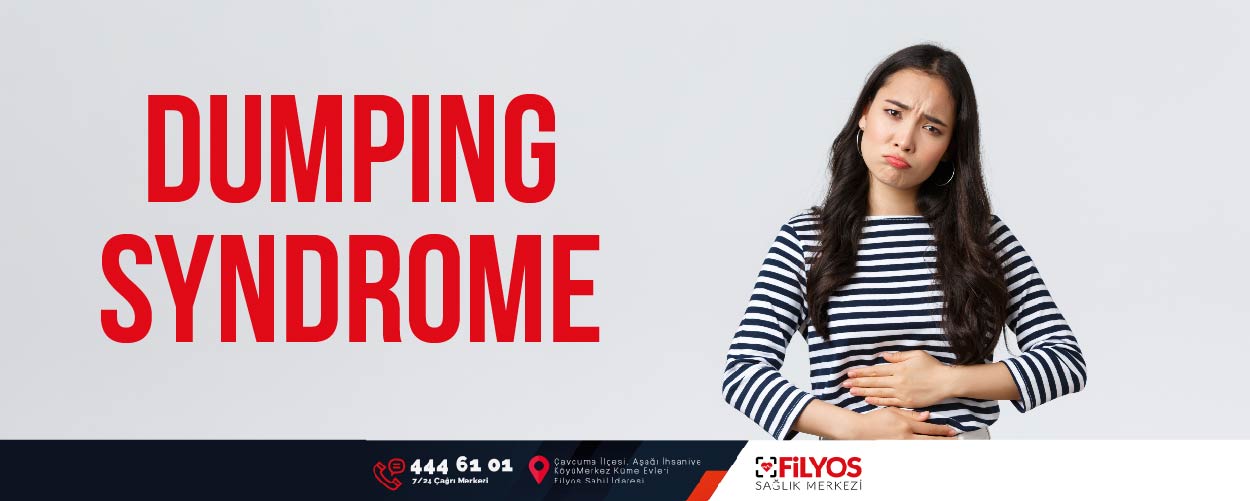
Dumping Syndrome
What is Dumping Syndrome?
Dumping syndrome is a disorder characterized by the passage of food from the stomach into the small intestine in a short period of time. It is a complication of surgery in which foods, especially those containing high sugar, are rapidly and uncontrollably released or dumped (dumped) into the small intestine bypassed by the stomach. Although it is generally known to be seen after obesity surgery, it can also be seen after an operation related to the stomach and esophagus. In addition, there may be individuals who experience dumping syndrome even if they have not undergone any operation.
What are the Symptoms of Dumping Syndrome?
Dumping syndrome is a syndrome that is likely to be seen after bariatric operations in which the following symptoms are seen as a result of consuming high amounts of carbohydrates:
- -Feeling of fullness in the stomach
- -Bloating after eating, feeling too full
- -Cold sweating
- -Evasion
- -Bulant
- -Vomiting
- -Fast heartbeat
- -Dizziness.
Dumping syndrome is divided into two types according to the duration of symptoms after ingestion of food:
Early Dumping Syndrome:
Symptoms appear within 10-30 minutes after ingestion of food. 75% of dumping syndromes observed clinically are of the early type. Symptoms:
- -Diarrhea
- -Sudden heartburn
- -Sweating
- -Stupidity
- -Bulant
- -Stomach burning can be listed as.
Late Dumping Syndrome:
Symptoms are observed within 1-3 hours after food intake. Unlike the early type, it is the insulin secretion that the body secretes rapidly in response to sudden elevated blood sugar in the blood.
Accordingly, hypoglycemia (low blood sugar) may occur in some patients.
Nutritional Treatment of Dumping Syndrome:
It is recommended to change the lifestyle as a priority in treatment. If all the recommendations of the dietitian and the doctor are followed but there are symptoms that do not go away, medical and surgical methods are used.
- -Foods should be consumed little by little and frequently during the day.
- -Portions of meals should be small, small plates should be used if necessary.
- -A minimum of 30 minutes should be allowed between meals and liquid consumption.
- When consuming meals, the protein-based group should be preferred.
- -Avoid foods with high carbohydrate content such as simple sugar, white bread, carbonated drinks, cakes and pastries and make this a lifestyle.
- -Foods should be chewed well and should not be consumed too hot or too cold.
- -Do not continue eating after feeling full.
